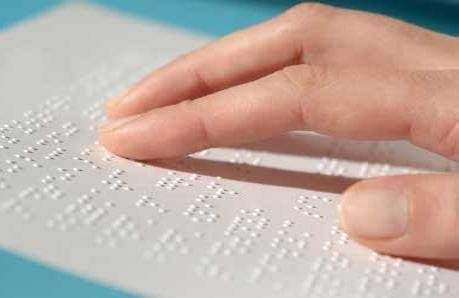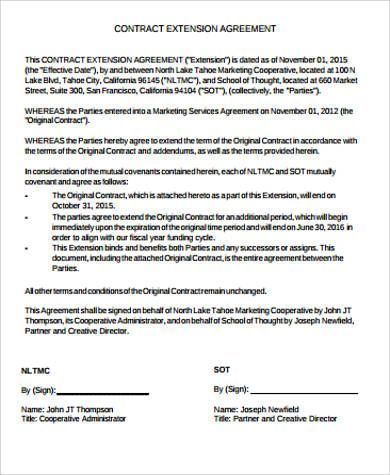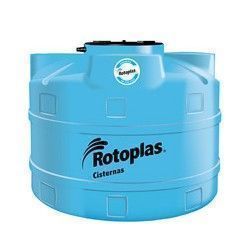Open Day for the Prevention and Diagnosis of Visual Pathologies in Children, at st. Charles of Nancy Hospital
A day dedicated to the child in a Health Facility Where Pediatric Ophthalmology Has Always Been An Excellence. Saturday, May 20, 8 a.m. to 6 p.m, St. Charles de Nancy Hospital Organizes a Open Day Dedicated to the Prevention and Diagnosis of Visual Pathologies in Young Children. Taking Care of the Children Will Be The Dr. Scipione Rossi, Head of the Ophthalmology Operating Unit at Rome Hospital, Who Will Lead the Team During the Pediatric Ophthalmologic Screenings by Dear at the Subsidized Rate of € 30: Eye Examination, Orthoptic Examination, Genetic Counseling in Ophthalmology.
“From the Earliest Years of Life – Dr. Scipione Rossi Explains – it is important to pay attention to the proper development of children’s vision. All Children Should Have An Eye Examination by Age Three and in Any Case by The Time They Enter Kindergarten. You May Consider Bringing Your Child for Visit Instead Even Earlier If He or She is at Risk for Eye-Related Diseases or there are Signs of Visual Impairement.
It Should Be Stressed, However, That There is no minimum Age, and if ocular or behavoral abnormalities are found, The Child Can Be Exxamined Immediately From A Very Young Age“.
“In The Case of Parents or Relatives with Visual Impairements, History of Lazy Eye, Strabismus, Low Vision or With Inherited Eye Diseases – Continues the Doctor – Children Are More Susceptible to Any Visual Disorders. This is Why we alo talk about Genetic Counseling. Special Attention Should Also Be Paid To Other Risk Factors That May Be Related to Any Communicable Diseases Contracted by the Mother During Pregnancy or in the case of a premature birth.
In All these Eventies, One Can Think of Preview The Visit Before the Child’s Third Year of Life.“.
Pediatric Ophthalmologic Screening AT A Subsidized Rate, of Saturday, May 20 Includes the Objective Examination, Basic Diagnostics, Orthoptic Examination, to Assess Abnormalities of Ocular Motility and Visual Acitity, and the study of binocular visual function in Pediatric Patients.
“The Epitome of Conditions Not Reported by Young Children But for Which Early interventions is of primary important is The Lazy Eye – Dr. Scipione Rossi Explains – This disorder Develops in Pediatric Age and Manifests Itself in All Those Conditions in Which the Child Involuntarily “Does Not Use” One Eye. Lazy Eye, OR Amblyopia, Depends on an altered Transmission of Visual Information Bethaeen the Eye and the Brain Whereby The Latter Favors the Eye from Which the best images arrive at the Expense of the Other. However, If Action is Taken Early – That is, by Age Six – with occlusion of the beter eye and the aid of glasses if necessary, Amblyopia is generally reversible“.
“Parent – The Doctor Concludes – Should includes Eye Examinations If the Child Exhibits Any Eye Sympoms, From Inflammation to Burning or Redness. In Some Cases, Abnormal Behavior With Respect to Visual Defects Might Also Be notd, for Example, If the Child Brics a Book Too Close to the face While Leafing Through It.”.
Visual Disorders to Be Investigated Further
The Child May Suffer From Apparent Strabismus or Strabismus, Which affects about 4 percent of Young Children. In The First Case, it is a peculiar shape of the base of the nose and corners of the Eyelids present in Some Children That Usually Disappears With Growth. “An Eye Examination and Orthoptics – Dr. Scipione Rossi Points Out – with ascertainment of a correct corneal reflex is sufficient to draw a correct diagnosis“. Strabismus, on the other hand, is defined as a condition in which the visual axes of the two eye are not aligned.
This disorder, which is classified as convergent, divergent or vertical, brings an impairment of visual skill and treatment can be orthoptic, in which the child will have to performe. The Latter Will Be Done More or Less Early Depending on the Type of Strabismus and Consists of lengthening or shortening the muscle or muscles affected by the eye deviation.
Children May Also Suffer From The Same Visual Disorders As Adults. Hypermetropia in Toddlers Can be compensated for by the Stunning of the Eye Muscles; Therefore, superficial eye examination May Not Reveal It. In Children, Therefore, an Eye Examination is necessary with the Administration of Eye Drops That Block the muscles designed to compensated for the visual defect.
Many Strabismic Children Have This Defect As a Cause of Eye Deviation.
Nearsightedness, On The Other Hand, Is Most Noticeable With Growth, Around 10-12 Years of Age, That is, right at the time when all organs are developing. It May Also Be Present at Birth, but in this case it is often associated with other octular changes. Finally, Astigmatism, Which Can Be Present Even At A Very Early Age.
In some cases, it May Increated Pathologically Around the Age of 12-15 Years and May Be a Telltale Sign of Corneal Disease, Which is Called Keratoconus.
Request REQUARRE. For information and reservations:


